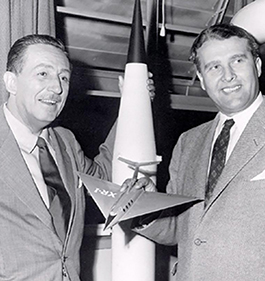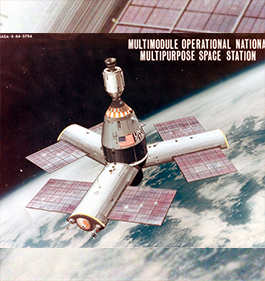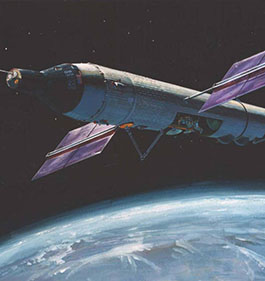Join us in the coming months to celebrate the 50th anniversary of the history and legacy of Skylab, America’s first space station.
We’re kicking off the celebration with a look at some space station concepts from the 1950s and 1960s. The designs ranged from possible and practical to fantastic sci-fi-inspired stations.
Monday, May 8
There was no shortage of fantastic space station designs during the early days of the space age. Before President Kennedy set the goal of landing humans on the Moon by the end of the 1960s, space stations were believed to be the first logical step in exploring space.
Some of the most famous concepts of space stations were shown in the “Disneyland” TV series episodes in 1955. The Walt Disney Company collaborated with Wernher von Braun to create “Man in Space” and later “Mars and Beyond,” which explored the principles of rocketry and what human space exploration could look like in the 20th century.



Walt Disney and Wernher von Braun are pictured here with a model from “Man in Space” in this NASA archive photo. The second photo shows a concept from 1964 that would have used Apollo-derived hardware to build an Earth-orbiting space station. The final picture depicts an idea for a space station with artificial gravity generated by the station’s rotation around a central axis. This station concept used Apollo hardware as well. We’ll talk more about the Apollo Applications Program later this week as we get into the history of Skylab.
Wednesday, May 10
The 1960s was an exciting time in space flight. Astronauts were flying increasingly complex missions as NASA moved from the single-person Mercury spacecraft to the two-person Gemini spacecraft. The Gemini Program brought many firsts for NASA, the first rendezvous, the first docking, the first EVA, and the first long-duration missions needed to prove humans could travel to the Moon and back to Earth.
The United States Air Force decided to utilize the Gemini spacecraft as part of the Manned Orbiting Laboratory (MOL) concept in the early 1960s.
The first test flight of the MOL is pictured here, with the Gemini spacecraft atop a MOL mockup launched on a Titan IIIC booster. This Gemini capsule was the first spacecraft to fly in space twice, the first time supporting Gemini 2, the final uncrewed test flight of the Gemini Program.



While a functional MOL never flew to space, the concept was advanced for the time. NASA notes that the MOL program would have seen “a series of 60-foot-long space station (sic) in low polar Earth orbit, occupied by 2-man crews for 30 days at a time, launching and returning to Earth aboard modified Gemini-B capsules.” This conceptual illustration shows what MOL may have looked like orbiting Earth.
The Gemini-B looked like NASA’s Gemini spacecraft, but it had the addition of a hatch behind the ablative heatshield. This hatch enabled crews to transfer between the Gemini spacecraft and the MOL. While on orbit, the crews could have conducted photo reconnaissance using an advanced imaging system developed by the National Reconnaissance Office (NRO).
After the cancellation of the MOL in 1969, some of the MOL astronauts transferred from the USAF to NASA. Astronaut Group 7 (pictured l-r) included astronauts Karol Bobko, Gordon Fullerton, Henry Hartsfield, Robert Crippen, Donald Peterson, Richard Truly, and Robert Overmyer. Crippen and Bobko spent 56 days in a Skylab mockup during the SMEAT mission.
Image Credit: NASA
Post Copy: Cosmosphere Volunteer, John Mulnix
See artifacts and imagery from Skylab here.



